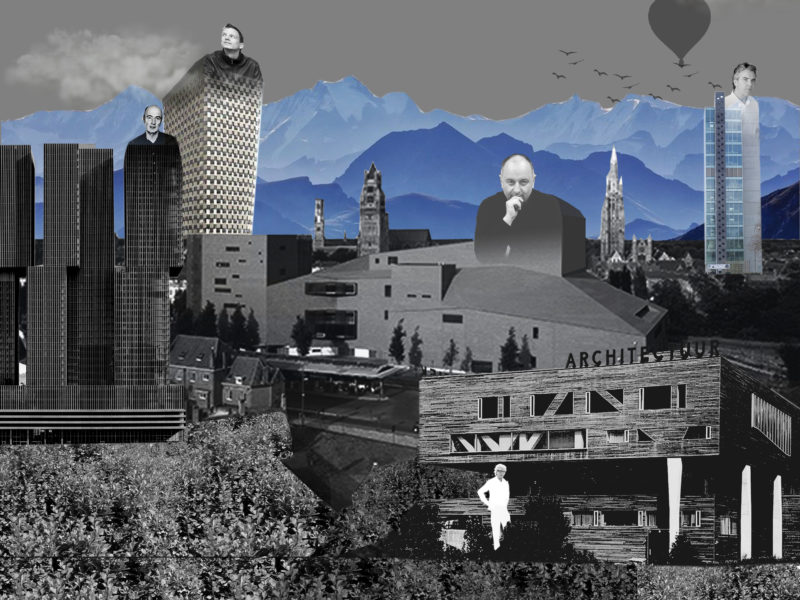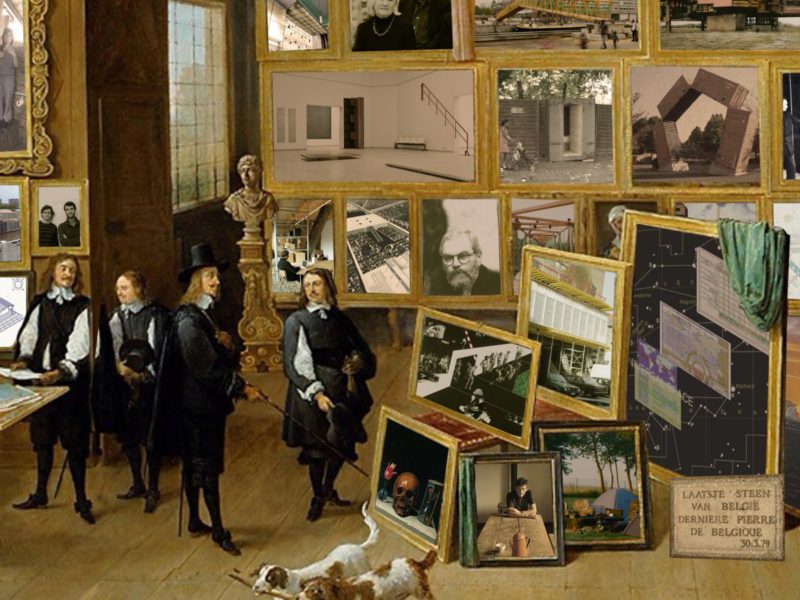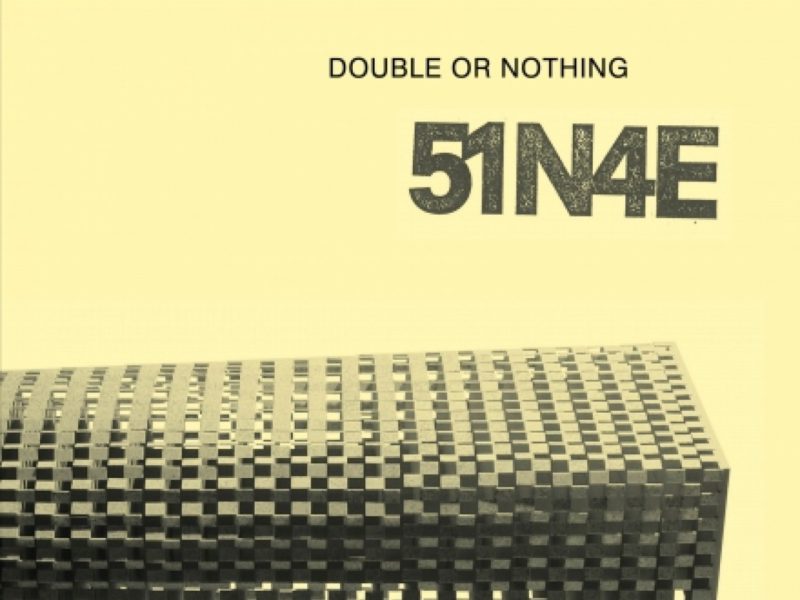Article
Note on Zwischenland
Gideon Boie
2020, VAi
Image: TOP Office Luc Deleu
Zwischenland / Tierra Grande (2018) is a work by Luc Deleu & T.O.P. Office.
National borders are reimagined as 20-km wide zones. As a result, the cartography of Europe undergoes a radical revision. An ‘in-between land’ emerges, not so much as a destination, but rather as a network of corridors, 700 km long, criss-crossing Europe, winding around the former power blocks such as the Benelux and Austria-Hungary. The capacity of this in-between land ranges from 10 to 58 million people. The idea-proposal is replicated on the border between the United States and Mexico, at the place where President Trump wants to build a nine-metre-high wall. This is where Tierra Grande emerges, named after the river that makes the border.
The positive interpretation that Zwischenland gives to something which today has received a merely virtual character is striking: the border between nation states becomes a spatial possibility for refugees and migrants. Today borders have pretty much lost all meaning, except as a means to bar migration, establish tax regimes, create a national identity or fight a health crisis. At these moments, the open border proves to be very hard. It means that people with the right papers casually ignore the border, while others are kept out by it. In the midst of this geographic schizophrenia, Zwischenland forms a ‘collective megastructure that not only guarantees the freedom of the individual, but also intensifies it’, to paraphrase Geert Bekaert.
The external borders of Fortress Europe are of no importance, they even literally drop off the Zwischenland map. Answers to the refugee crisis are generally fixated on Europe’s external borders. Populists ask for pushbacks in the Mediterranean. Architects dream of frontier oases and cities of refuge in stylish designs. Both know very well that the excess of migration manifests itself above all at the interior borders, from Ventimiglia and Tompa to Calais and Zeebrugge. These are the places where the existence of foreign lands is denied, despite a unified Europe. The interior border is the denial of the outside world, not in absolute terms, but as a matter of convenience. The idea-proposal of an in-between land is a negation of the negation. The sborder becomes an open, free and mediating space, whose citizenship remains unclear, but which in any case offers a great many refugees and migrants a place on the map.
Published in: Peter Swinnen and Anne Judong (eds.), Luc Deleu & T.O.P. Office: Future Plans 1970-2020, Flemish Architecture Institute, Antwerpen 2020. Link: https://www.vai.be/publicaties/luc-deleu-t-o-p-office-future-plans-1970-2020
Tags: English
Categories: Art
Type: Article




